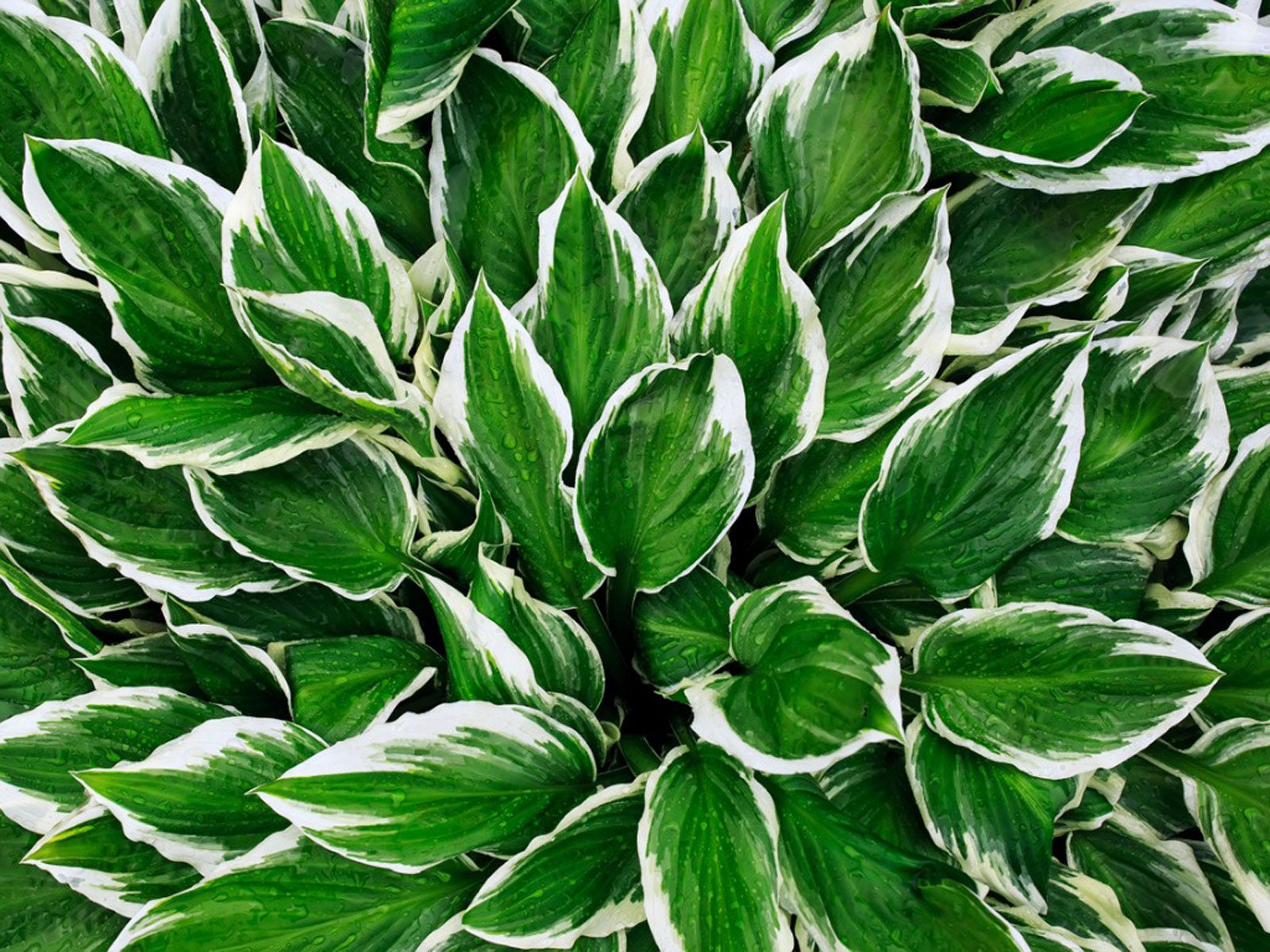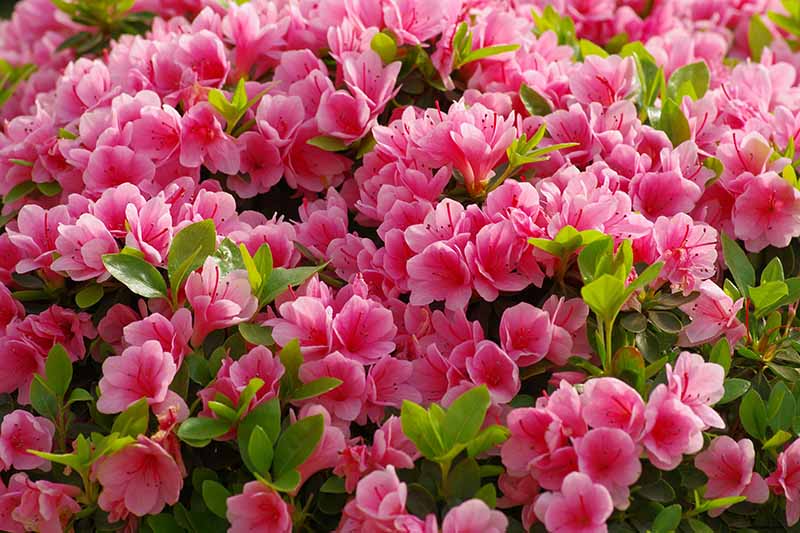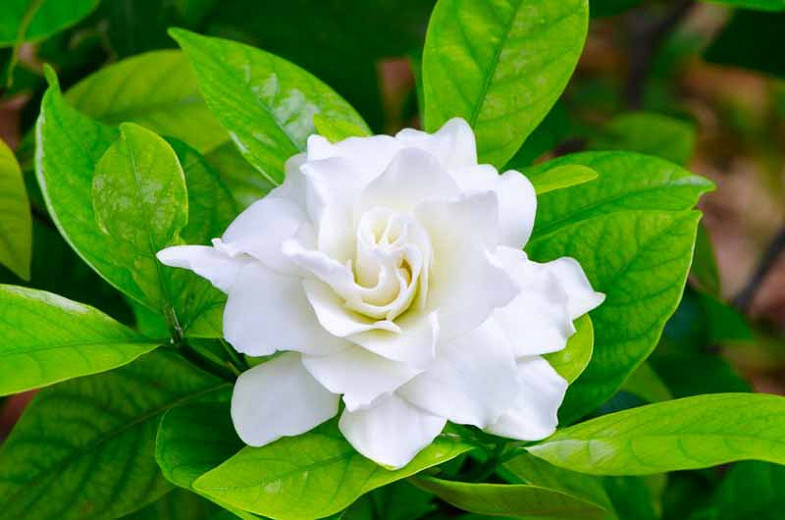Plants That Will Make Your Hydrangeas Look Even More Amazing
Plants That Will Make Your Hydrangeas Look Even More Amazing
Hydrangeas are one of the most popular flowering shrubs in the world, and for good reason. They come in a wide variety of colors, sizes, and shapes, and they can add a touch of elegance to any garden. But did you know that there are certain plants that can make your hydrangeas look even more amazing?
In this blog post, we will discuss some of the best companion plants for hydrangeas. These plants will help to enhance the color, size, and overall appearance of your hydrangeas. We will also provide some tips on how to plant and care for these companion plants so that you can enjoy their beauty for years to come.
So, what are the best companion plants for hydrangeas?
Here are a few of our favorites:
- Hostas are shade-loving plants that thrive in the same conditions as hydrangeas. They come in a wide variety of colors, from bright green to deep purple, and they can add a touch of elegance to any garden. Hostas also help to suppress weeds and improve the drainage around hydrangeas.

- Azaleas are another great choice for companion plants for hydrangeas. They bloom in the spring, just before hydrangeas, so they can help to extend the flowering season in your garden. Azaleas come in a wide variety of colors, from white to pink to red, so you can find the perfect ones to complement your hydrangeas.

- Boxwoods are evergreen shrubs that add structure and interest to any garden. They can be planted in front of hydrangeas to provide a backdrop for their blooms. Boxwoods also help to deter deer and rabbits, which can be a problem for hydrangeas.

- Lilacs are fragrant shrubs that bloom in the spring. They can be planted near hydrangeas to create a beautiful and fragrant display. Lilacs also help to attract pollinators, which can help to improve the health of your hydrangeas.
- Irises are colorful flowers that bloom in the spring and summer. They can be planted near hydrangeas to add a splash of color. Irises also help to improve the drainage around hydrangeas.
How to plant and care for companion plants for hydrangeas
When planting companion plants for hydrangeas, it is important to choose plants that have similar watering and sunlight requirements. You should also plant them at the same depth as your hydrangeas.
Once your companion plants are planted, be sure to water them regularly, especially during the first few weeks after planting. You should also fertilize them once a month during the growing season.
To keep your hydrangeas and companion plants healthy, it is important to deadhead spent blooms. This will encourage new growth and prevent the plants from setting seed.
You should also prune your hydrangeas and companion plants in the spring to remove dead or damaged growth. This will help to keep the plants looking their best.
With a little care and attention, you can enjoy beautiful hydrangeas and companion plants for years to come.
Hydrangeas are beautiful flowers that can add a touch of elegance to any garden. But did you know that there are certain plants that go well with hydrangeas? By planting companion plants, you can create a more visually appealing and harmonious landscape.
Some of the best plants to grow with hydrangeas include:
- Hostas: These shade-loving perennials have large, glossy leaves that provide a striking contrast to the hydrangea's blooms.

- Ferns: Ferns are another great choice for shady areas. They add a touch of elegance and texture to the garden, and they won't compete with the hydrangea for attention.

- Azaleas: These acid-loving shrubs bloom in a variety of colors, so you can find one to complement your hydrangea's flowers.
- Rhododendrons: Like azaleas, rhododendrons prefer acidic soil. They also have large, showy flowers that will add a splash of color to your garden.
- Coral bells: These low-maintenance perennials have bell-shaped flowers that bloom in shades of pink, red, and white. They're perfect for adding a splash of color to the edge of a hydrangea bed.
For more information about plants that go well with hydrangeas, visit . You can also find tips on how to plant and care for these beautiful flowers.
FAQ of plants that go well with hydrangeas
- What are some good companion plants for hydrangeas?
Some of the best companion plants for hydrangeas include:
- Hostas: Hostas are shade-loving perennials that come in a wide variety of colors and leaf shapes. They are a good choice for planting under hydrangeas, as they will not compete for sunlight.

- Azaleas: Azaleas are another shade-loving plant that prefers acidic soil, like hydrangeas. They come in a variety of colors, so you can choose one that complements the color of your hydrangeas.

- Ferns: Ferns are a versatile plant that can be grown in a variety of conditions. They add texture and interest to any garden, and they can be planted under hydrangeas to provide shade and moisture.

- Daylilies: Daylilies are a sun-loving perennial that blooms for a long period of time. They come in a wide variety of colors, so you can choose ones that complement the color of your hydrangeas.
- Gardenias: Gardenias are a fragrant shrub that prefers partial shade. They come in white, pink, and yellow flowers, and they can add a touch of elegance to any garden.

- What should I avoid planting with hydrangeas?
Some plants that you should avoid planting with hydrangeas include:
- Trees: Trees can cast too much shade on hydrangeas, which can stunt their growth and prevent them from flowering.
- Narcissus: Narcissus can produce a toxin that can damage hydrangeas.
- Peonies: Peonies have shallow roots that can compete with the roots of hydrangeas for water and nutrients.
- Hollies: Hollies can produce a toxin that can damage hydrangeas.
- Boxwoods: Boxwoods can produce a toxin that can damage hydrangeas.
- What is the best time of year to plant hydrangeas?
The best time of year to plant hydrangeas is in the spring or fall. Planting in the spring will give the hydrangeas time to establish themselves before winter, while planting in the fall will give them time to root before the ground freezes.
- How far apart should hydrangeas be planted?
The spacing between hydrangeas depends on the type of hydrangea and the size of the mature plant. For example, bigleaf hydrangeas need to be spaced at least 3 feet apart, while mountain hydrangeas can be spaced at least 5 feet apart.
- How do I care for hydrangeas?
Hydrangeas need full sun to partial shade and well-drained soil. They should be watered regularly, especially during hot, dry weather. Hydrangeas also benefit from being fertilized in the spring and fall.
Image of plants that go well with hydrangeas
Ferns are another type of shade-loving plant that goes well with hydrangeas. They add a delicate, airy touch to the garden and can help to fill in any gaps between the hydrangea's leaves.

Coral bells are low-growing perennials that have brightly colored flowers in shades of pink, red, and orange. They add a splash of color to the garden and can help to extend the hydrangea's blooming season.

Foxgloves are tall, stately perennials that have bell-shaped flowers in shades of purple, pink, and white. They can be used to add height and drama to a garden and can help to draw attention to the hydrangea's flowers.

Astilbe is a shade-loving perennial that has feathery, pink or white flowers. It can be used to add a softening touch to a garden and can help to fill in any gaps between the hydrangea's leaves.


Post a Comment for " Plants That Will Make Your Hydrangeas Look Even More Amazing"